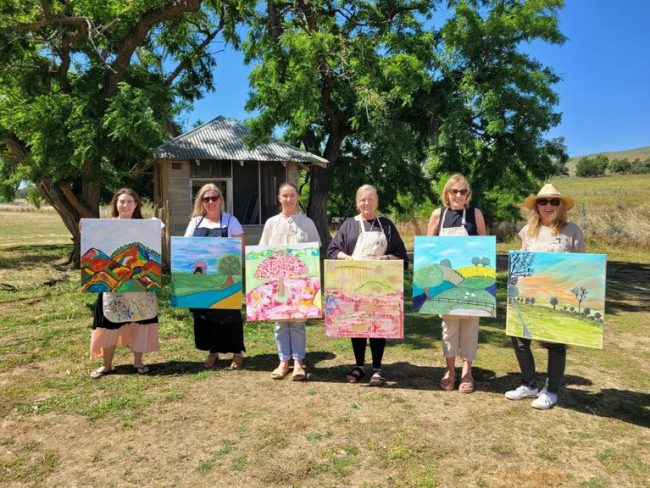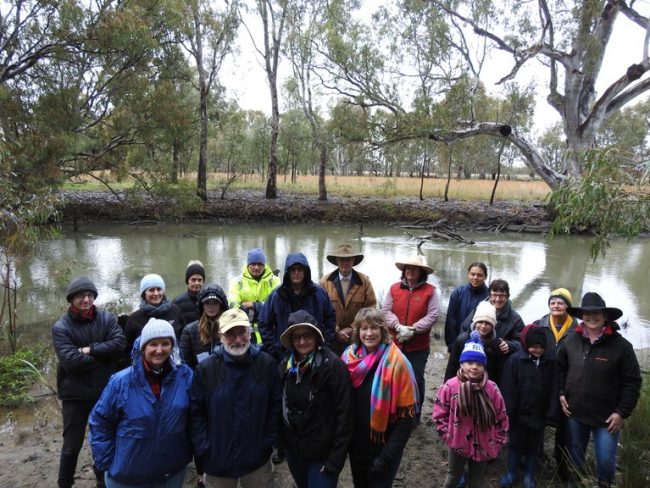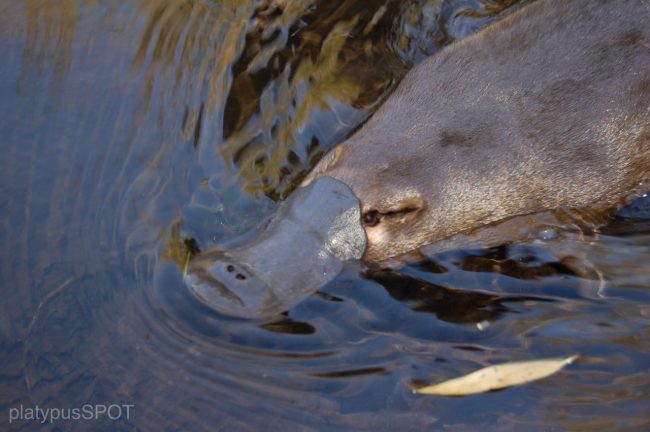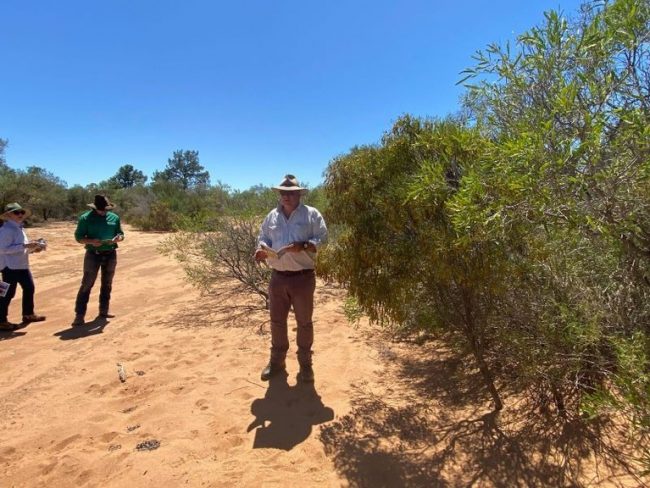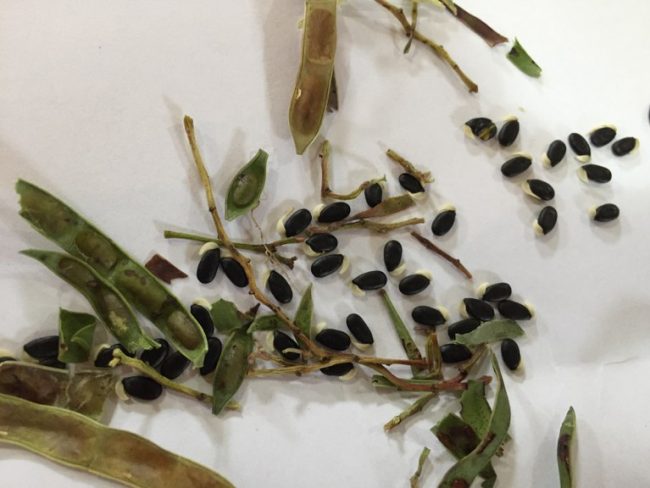Case Study LP19 – Shelterbelt workshop
Landcare has been protecting and planting shelterbelts for a long time. With the completion of a three-year revegetation project funded, we wanted to ensure that our methods were evolving and adapting to best practice. Some of the questions we sought answers to at the workshop included: Is direct seeding more economical for plantings? Has the…


